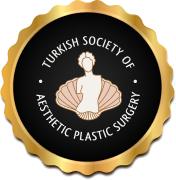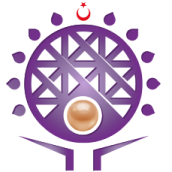The term revision rhinoplasty is used for the second operation or each subsequent operation in noses that have previously undergone nasal surgery but have not been successful or have not achieved the desired result.
There are various reasons that cause dissatisfaction in people who have undergone surgery, resulting in the patient wanting to have surgery again:
* The tip of the nose is downward
* Disorders of the angle of the nose are too thick, too short, too long, too pointed or too wide
* Visibility of the inside of the nostrils
* The back of the nose is too thin / too thick
* Curvature of the nose, inverted v deformity
* Having a ram's nose appearance due to the inability to give the angle of the root of the nose
The term revision rhinoplasty is used for the second operation or each subsequent operation in noses that have previously undergone nasal surgery but have not been successful or have not achieved the desired result. Sometimes very big problems can be solved with small interventions, but sometimes, in cases where there is a tissue deficiency, reconstruction may be required to complete the deficiency of the main cartilage and even bone structure that supports the nose. For this purpose, the cartilages in the nose can be utilized, but sometimes it may be necessary to utilize cartilage tissues in the ear or ribs.
The basic principle in revision operations is to strengthen the cartilage of the septum, which we can call the basic carrier column that holds the lower half of the nose; therefore the nasal tip, so that it can perform this task.
After this is achieved, the connection of the nasal tip cartilages with the septum must be ensured so that this column can carry the nasal tip. At this point, two methods developed by Prof. Dr. Erdem Tezel stand out.
The method developed by Dr. Tezel to lengthen the main carrier cartilage, which we call the septum, was published in the International American Journal of Plastic Surgery in 2015 and entered the literature.
With the Traceless Cartilage Fixation method, also developed by Dr. Tezel, this lengthened septum and nasal tip cartilages are connected and nasal tip integrity is ensured.

 +905327672235
+905327672235 EN
EN DE
DE TR
TR





